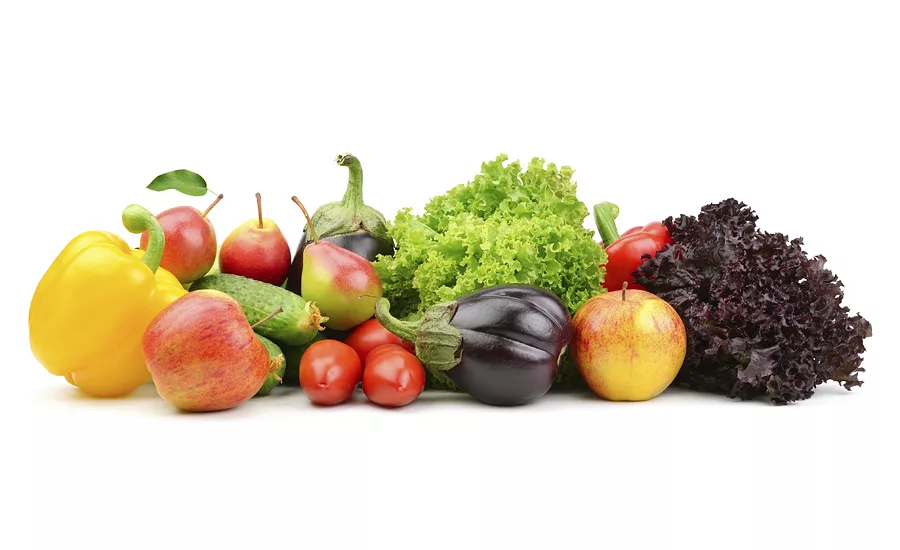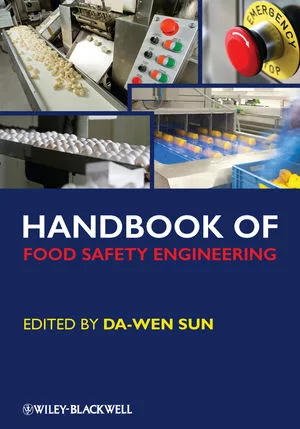Making at-work farmers markets part of a successful employee wellness strategy

Employee wellness programs have become ubiquitous. In fact, over 90 percent of companies, and the majority of government entities, offer some sort of wellness program for their employees. Many companies have installed gyms in the office space, offer employees “stand-and-stretch” breaks throughout the day, and provide healthier food options in cafeterias and break rooms. All have been shown to make a positive difference.
Considering the vital role employees play in a company’s success, any initiative designed to keep them healthy, happy and productive is an invaluable investment.
Unfortunately, most of these initiatives, while well-intentioned, fall short of the goal of producing long-term benefits for employee and employer alike. The initial groundswell of enthusiasm for things such as healthier eating, working out or work-life balance tend to wane after a few months. Frequently, healthier behaviors are neglected as employees return to their old, bad habits.
In addition to creating frustration, returning to poor eating habits or other unhealthy lifestyle choices may increase employee absenteeism and turnover, both of which increase a company’s operating costs (not to mention the cost of the wellness program itself).
Clearly what is missing from many programs designed to improve employee wellness are interesting, ongoing, interactive opportunities to put what they have learned from the educational elements of the program into daily practice. The adage of “knowing is not the same as doing” is especially true when it comes to employee wellness.
How can businesses help their teams continue to practice what they have learned at the office? Perhaps a good place to start is providing them with more opportunities to make healthy choices even after they leave the workplace.
One good way is to bring farm-fresh food to them by inviting local farmers’ market growers to the office once or twice a week. Most on-site farmers’ markets can be staged in the parking lot or perhaps in the corporate auditorium or other appropriate spaces. Depending on geography and seasonality of produce, some companies are able to offer their employees farmers’ markets year-round, while others may be limited to the Spring, Summer and/or Fall seasons. During off-seasons, employees can use what they learned at their on-site farmers’ markets while shopping at their local supermarket.
Farmers’ markets are also great for getting employees away from their desks for a break where they are standing up, walking around and maybe getting some sunshine and fresh air (which has its own health benefits). They allow a company to “give back” to the local community by supporting local businesses that offer fresh, healthy foods. Seeing the array of colorful, fresh produce and learning about where these foods come from can be empowering for employees and, if corporate policy permits visitors during lunch or other breaks, their families as well. While there is no hard data on how many companies now offer on-site farmers’ markets, workers do appear to really enjoy this perk. And some employers report that having this company incentive has resulted in fewer sick days and happier and more engaged employees.
A key element to offering on-site farmers’ markets is educating employees on how to ensure the safety of the fresh produce they are purchasing and taking home. According to a recent study, some vendors at farmers’ markets do not always abide by food safety practices necessary to prevent the spread of foodborne illnesses.
“Areas where vendors in the study fell short included hand-washing, personal hygiene and cross-contamination. There was low use of disposable gloves, even among vendors who sell unpackaged, ready-to-eat foods. Only 24 percent of vendors had disposable gloves at their stands, the study revealed.”
Some other findings were that samples of leafy green produce and meats sold at farmers’ markets had evidence of E.coli bacteria. E.coli was found in:
- 40 percent of beef samples
- 18 percent of pork samples
- 28 percent of kale samples
- 29 percent of lettuce samples
- 17 percent of spinach samples
Listeria was also found in:
- 8 percent of beef samples
- 2 percent of kale samples
- 4 percent of lettuce samples
- 7 percent of spinach samples
Employers offering on-site farmers markets should also educate employees on how to safely store and use the products they purchase. Convenient ways to do this would be to include a food safety video that employees can download, printing Food Safety Tips cards to give employees at the market and include general food safety guidelines in ongoing wellness programs.
No matter the vehicle or platform, these tips should include the following to better protect employee health:
- Always wash fresh produce thoroughly at home before consuming it (consider using an organic fruit and vegetable spray wash)
- Wash your hands for at least 20 seconds with warm water and soap before washing produce
- Keep food preparation surfaces clean
- Wash produce that will be peeled even if the skins “look clean”
- Purchase produce that is not bruised or damaged
- Only buy pre-cut produce that is refrigerated or surrounded by ice
- Don’t buy milk, juice or cider unless it has been pasteurized (and this is confirmed)
- Make sure that eggs are chilled
- Go for meat and poultry that is kept in closed coolers
- Bring an insulated bag or cooler for meat, seafood and poultry purchases to transport these products home more safely
- Visit Foodsafety.gov for extra tips
These warnings are not meant to scare a company away from making farmers’ markets a part of employee wellness programs. The truth is there are always some risks when it comes to food safety. But being armed with this information can help employees make healthy decisions and take steps to better protect their health while taking advantage of all the nutrient-dense, low calorie, fresh food that farmers’ markets offer. In fact, companies can post these tips in their employee kitchens for employees to refer to while preparing meals during the day.
A company can also extend the benefits of an on-site farmers’ market by taking a look at its vending and cafeteria offerings and eliminating junk foods or other foods that are light on nutrition but heavy on calories. And having free, farm-fresh snacks at the office helps reinforce the education from an employee wellness program while showing that the company “walks its talk.”
When a company considers the investment in talent recruitment, employee training, office space and equipment, the investment in “bringing the farm to the office” as part of its wellness programs will pay ongoing dividends every time an employee eats. Remember, we can’t put a price on health, but health is really our greatest wealth.






